You are using an out of date browser. It may not display this or other websites correctly.
You should upgrade or use an alternative browser.
You should upgrade or use an alternative browser.
May I post pictures of my rough
- Thread starter alexdp4
- Start date
blithesome71
Shiny_Rock
- Joined
- Mar 20, 2009
- Messages
- 483
Barrett
Ideal_Rock
- Joined
- May 26, 2009
- Messages
- 2,218
blithesome71
Shiny_Rock
- Joined
- Mar 20, 2009
- Messages
- 483
Pandora II
Ideal_Rock
- Joined
- Aug 3, 2006
- Messages
- 9,613
Barrett|1321770896|3065501 said:Some of those look like agate or carnelian to me..others look some what like spess garnet
Ditto.
The one that looks like it has a darker brown coating on it looks particularly like an agate to me.
Garnet just doesn't look like that.
Unfortunately, none of the stones show any crystal faces so it's pretty much impossible to say anything more than that they are an orange material of some sort without having them in hand. They really could be anything.
There's a fair amount of salting that can go on at mines. Literally every trick in the book goes on - Tibetan Andesine anyone
Do let us know what GIA come back with.
VapidLapid
Ideal_Rock
- Joined
- Feb 18, 2010
- Messages
- 4,273
I guess they do have bands
Most garnets are zoned; in fact only rarely are they not zoned. But the zoning may not be visually obvious. The most common way in which garnets form is through metamorphism of sedimentary rocks. The core of the garnet, which grows first, will have one chemical composition. As it grows the composition of each layer of the garnet changes as the garnet gets larger. Geologists who analyze garnets using an electron microprobe are able to perform chemical analysis of spots as small as one micron (one thousandth of a millimeter!!). With that technique they are able to make a chemical map of the garnet by analyzing dozens or even hundreds of spots on a single crystal. Commonly these analyses reveal that the garnets (usually amandine) have cores rich in magnesium and rims rich in iron. Some garnets do have visible color bands, but others require microprobe analysis to “see” the zoning.
http://www.gamineral.org/zoning_in_minerals.html
Most garnets are zoned; in fact only rarely are they not zoned. But the zoning may not be visually obvious. The most common way in which garnets form is through metamorphism of sedimentary rocks. The core of the garnet, which grows first, will have one chemical composition. As it grows the composition of each layer of the garnet changes as the garnet gets larger. Geologists who analyze garnets using an electron microprobe are able to perform chemical analysis of spots as small as one micron (one thousandth of a millimeter!!). With that technique they are able to make a chemical map of the garnet by analyzing dozens or even hundreds of spots on a single crystal. Commonly these analyses reveal that the garnets (usually amandine) have cores rich in magnesium and rims rich in iron. Some garnets do have visible color bands, but others require microprobe analysis to “see” the zoning.
http://www.gamineral.org/zoning_in_minerals.html
VapidLapid
Ideal_Rock
- Joined
- Feb 18, 2010
- Messages
- 4,273
Barrett
Ideal_Rock
- Joined
- May 26, 2009
- Messages
- 2,218
- Joined
- Jul 25, 2008
- Messages
- 3,988
- Joined
- Nov 19, 2003
- Messages
- 1,290
The difference between carnelian and garnet are pretty dramatic. Carnelian has a fairly low refractive index and is never water clear. Garnet on the other hand, has a substantially higher refractive index and only has significant value if it is water clear and facetable. The bottom line as far as value is that if the stone is not water clear and facetable, then you may as well treat it as a carnelian since the values of either stone in a translucent grade are similar. I would certainly have someone with the means to test the R.I. of the stone do so, just so that you can be sure of what you have.
Pandora II
Ideal_Rock
- Joined
- Aug 3, 2006
- Messages
- 9,613
- Joined
- Jul 13, 2009
- Messages
- 262
Ditto. I see a LOT of rough garnet and this is probably not facet grade regardless of ID. Tough to tell from photos, though.
Cheers,
Lisa
www.lisaelser.com
Cheers,
Lisa
www.lisaelser.com
Barrett
Ideal_Rock
- Joined
- May 26, 2009
- Messages
- 2,218
Share:
Featured Topics
Past, Present, Future: The Meaning of Three-Stone Engagement Rings
Past, Present, Future: The Meaning of Three-Stone Engagement Rings - 04/14

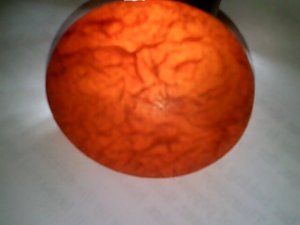
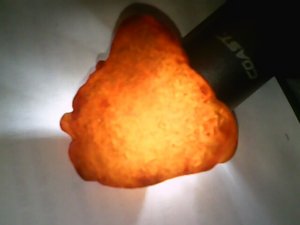
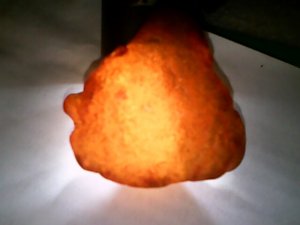
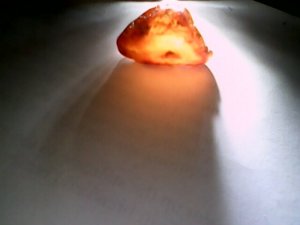
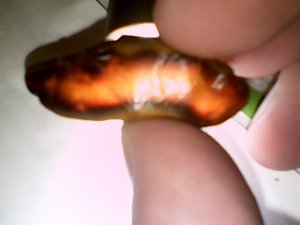
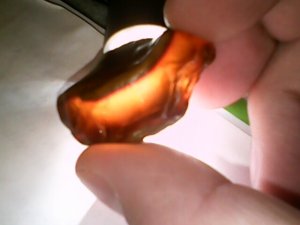
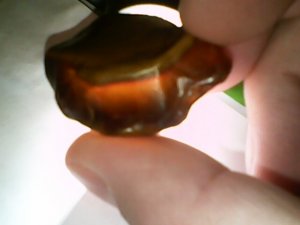
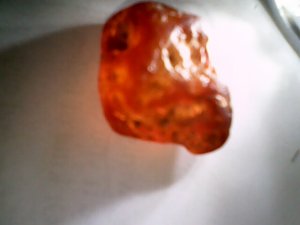
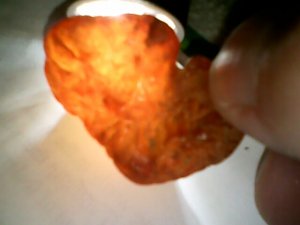
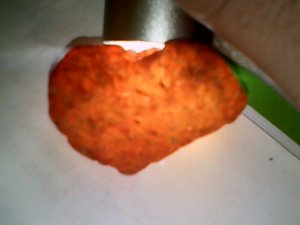
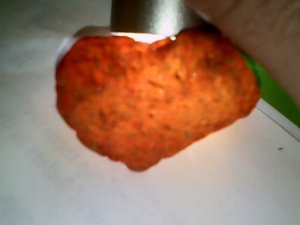
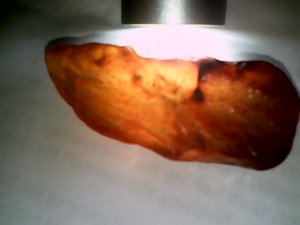
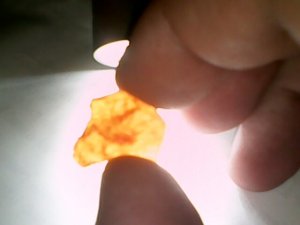
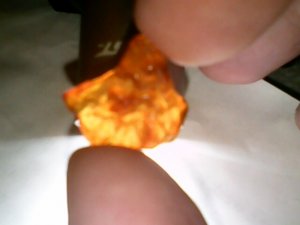
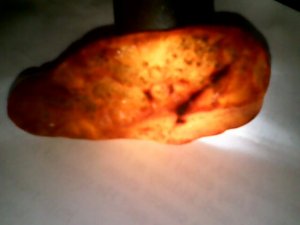
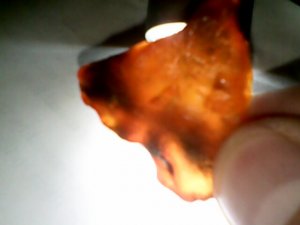
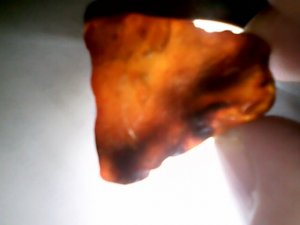
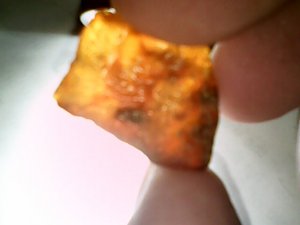
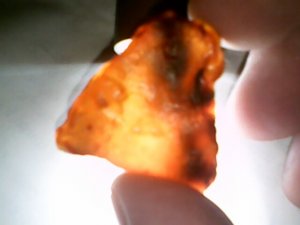
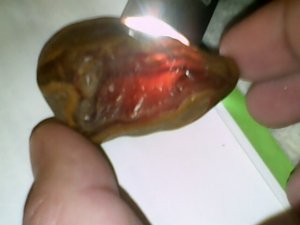
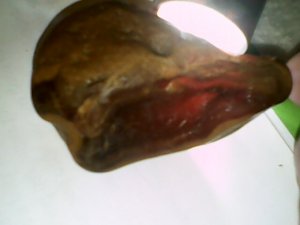
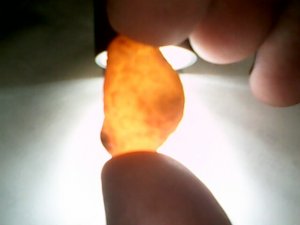
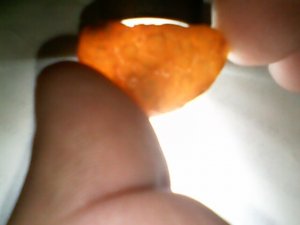
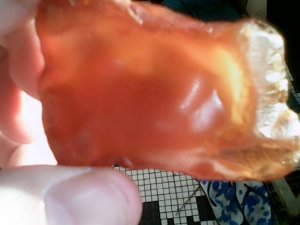
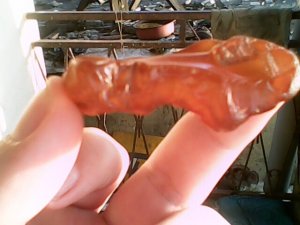
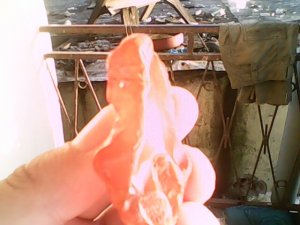
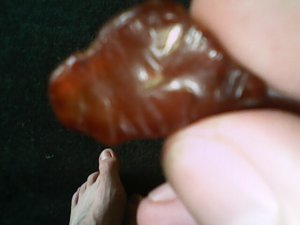

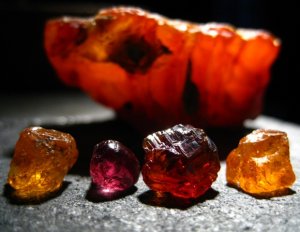
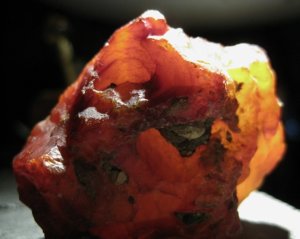
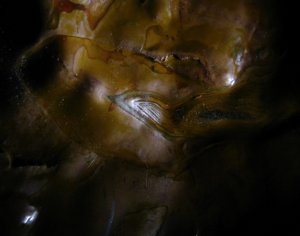
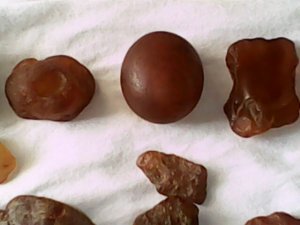
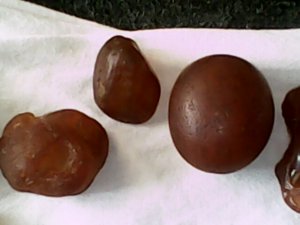
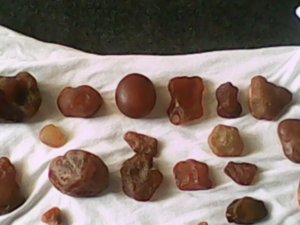


300x240.png)